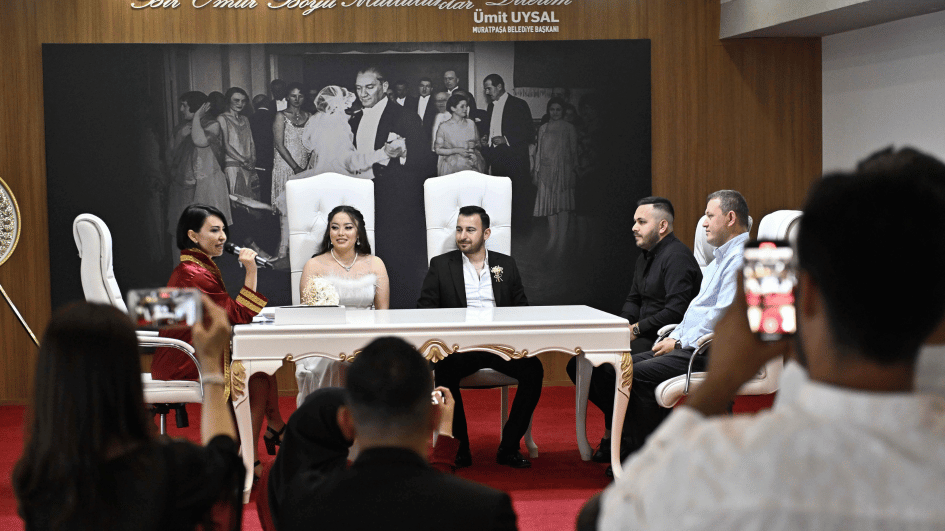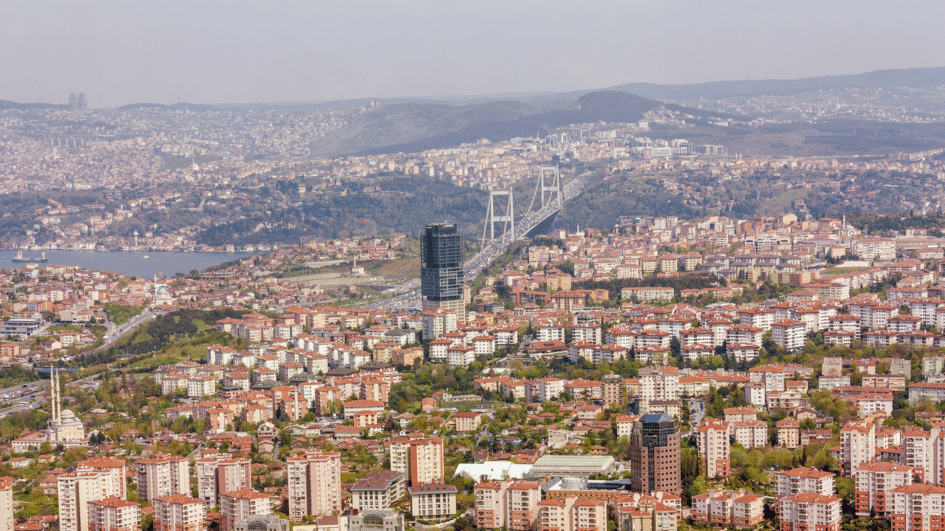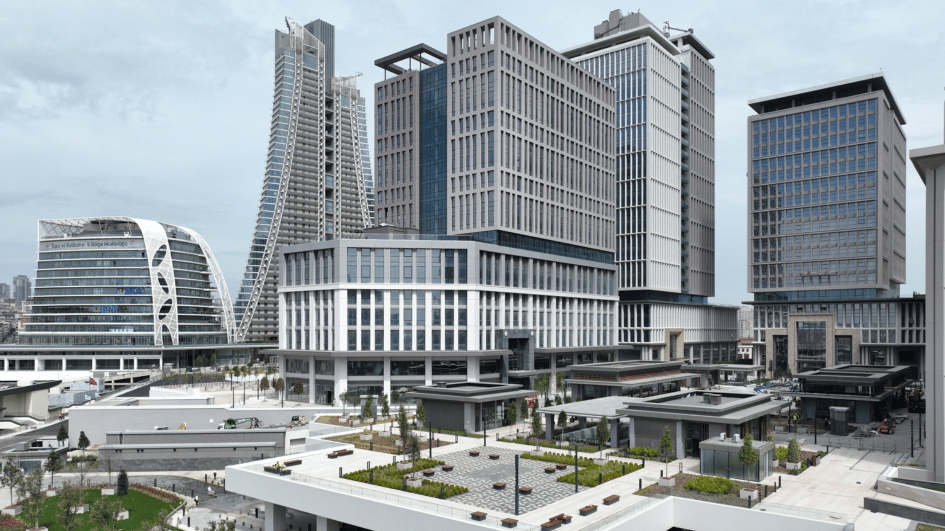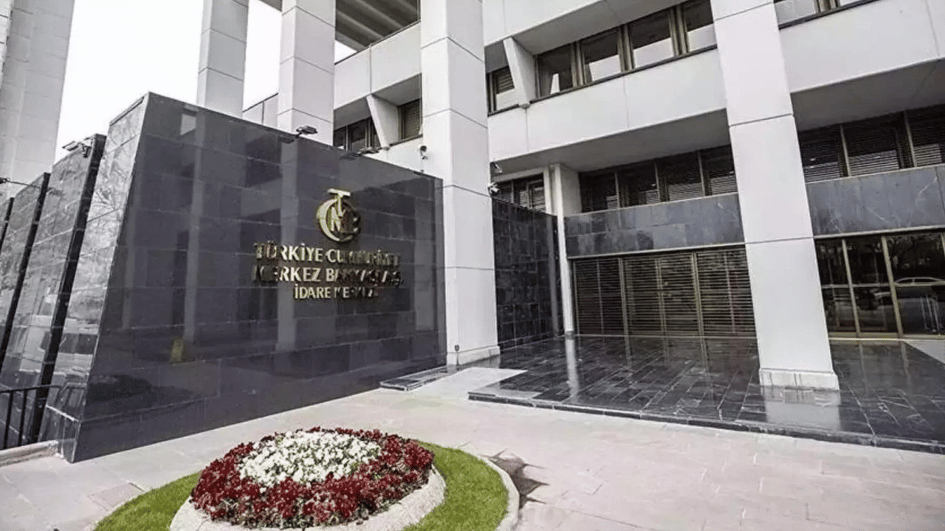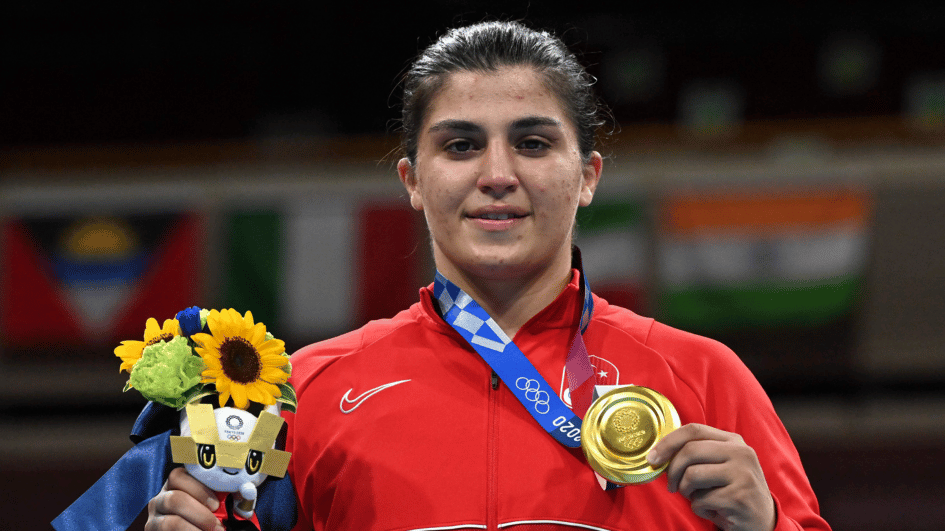Meşher reopens with Alexis Gritchenko
ISTANBUL

“Meşher,” which has been closed for a while within the scope of the COVID-19 outbreak measures, will reopen its doors as of Sept. 1. Opened on İstiklal Avenue in September 2019 as an institution of Vehbi Koç Foundation, the venue will continue to present its second exhibition “Alexis Gritchenko-Istanbul Years” to visitors.
With the exhibition “Alexis Gritchenko – The Constantinople Years,” Meşher, which means “exhibition space” in Ottoman Turkish, showcases the Ukrainian artist’s artworks of Istanbul, where he lived between 1919 and 1921. After 100 years of Gritchenko’s visit to Istanbul and in the light of his memoirs, more than 150 artworks that the artist produced during those two years are brought together for the first time.
The exhibition consists of the artist’s work produced in Istanbul, mostly watercolors, but also charcoal drawings, gouache and oil paintings. Meşher’s second exhibition, “Alexis Gritchenko – The Constantinople Years,” provides an opportunity to rediscover Istanbul through the colors and shapes hidden in the details of the city through the artist’s eyes.
The artworks of Gritchenko depict Istanbul from his unique perspective and color palette; his passion for the Hagia Sophia, the city walls, from the Golden Horn to Galata and even to Büyükada.
The scope of the exhibition, titled “Alexis Gritchenko: The Constantinople Years,” was determined by the research of the academics and exhibition consultants Vita Susak and Ayşenur Güler. The exhibition, accompanied by letters, publications, photographs and videos from various archives, sheds light on the lives of the artist and his associates.
After leaving Istanbul for Paris, Gritchenko published his memoirs in 1930, titled “Deux ans à Constantinople” (Two Years in Constantinople). The memoirs have been utilized as a guide for the exhibition, allowing viewers to trace the painter’s footsteps in the city and provide a unique insight into the excitement, longing, hope and despair that he experienced during his short time in Istanbul.
Curators Ebru Esra Satıcı and Şeyda Çetin spoke about the exhibition and Gritchenko’s Istanbul years.
“The two years Gritchenko spent in Istanbul coincided with the Armistice and occupation of the city. Although he lived in poverty and faced numerous difficulties he remained committed to his art and enjoyed a highly productive period, which was to prove a turning point in his career. Gritchenko unremittingly continued to explore the backstreets, mosques and coffeeshops of the city and was inspired by his discoveries. His works skillfully depict the urban landscapes and historical buildings of Istanbul and the lives of its inhabitants: Paintings of boatmen, street peddlers, porters and others provide a window into the life of the city during that period.
“Through a chance meeting with İbrahim Çallı [Turkish painter], he made friends and contacts with artists and writers from the circle of intellectuals of the period. In particular, he associated with painters from the 1914 generation and his friendships with Çallı and Namık İsmail [Turkish Impressionist painter] were to have a positive impact on his personal and professional life.”
Among the archive documents and publications included in the exhibition is an edition of “Deux ans à Constantinople” from Mustafa Kemal Atatürk’s private collection of books. Furthermore, the exhibition gathers and showcases artworks loaned from over 20 museums, archives, and private collections from seven countries including the National Art Museum of Ukraine, the Ukrainian Museum New York, the Centre Pompidou, and Collège de France.
Offering the most comprehensive selection compiled from Gritchenko’s artworks on Istanbul to date, the exhibition pays homage to the artist’s dedication to work and enthusiasm for life.
About the artist
Gritchenko, who was born in 1883 in Krolevets and died in 1977 in Vence, was a practitioner of modern art in the early 20th century in Moscow, which was one of the major art centers of the time. He participated in exhibitions that also included avant-garde painters Kazimir Malevich and Wassily Kandinsky. He also published books as an artist and art critic and taught at the art school.
Gritchenko fled the October Revolution of 1917 and subsequent the civil war and arrived in Istanbul in November 1919. The city provided a relatively safe haven for the artist between 1919 and 1921. Gritchenko settled in Paris in 1921, and then in southern France after 1924.
His works were included in many exhibitions held in Europe and America and notably at the Salon d’Automne (Autumn Salon) in Paris. The Alexis Gritchenko Foundation was established in New York in 1958. In 2006, fulfilling the artist’s bequest, the artworks in this collection were handed over to the National Art Museum of Ukraine.


